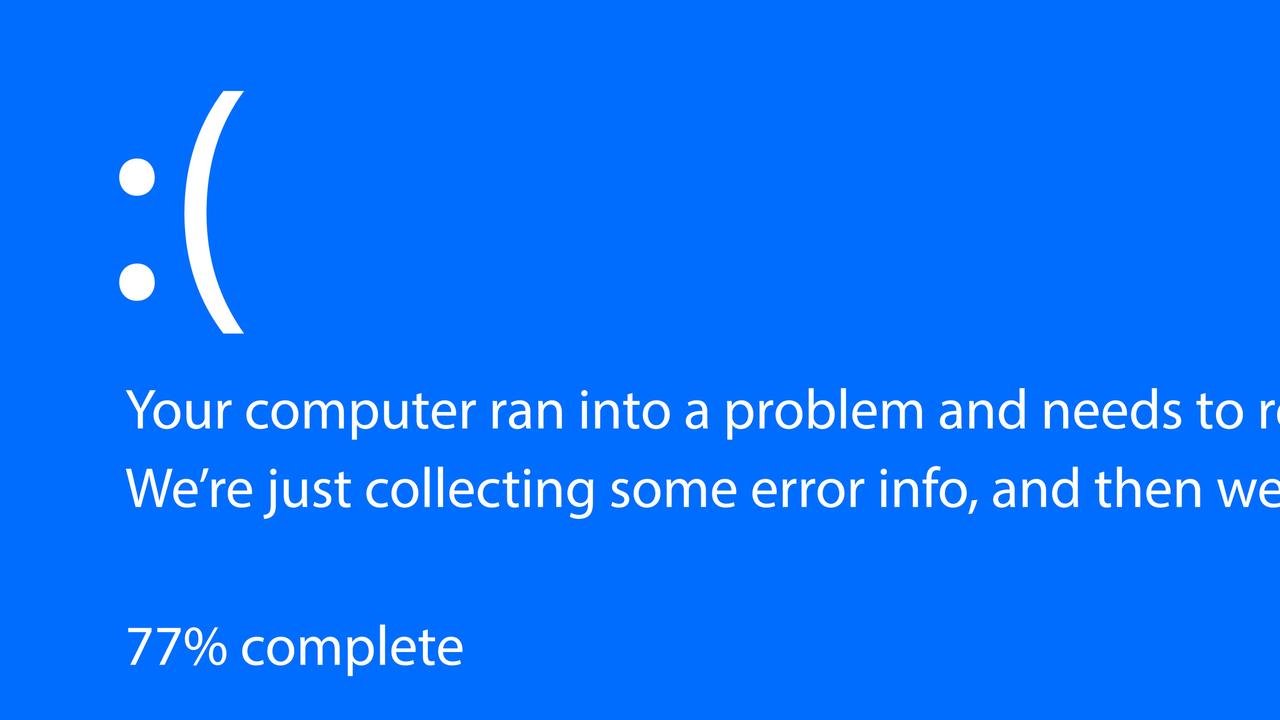Why Elon Musk sleeps in a cubicle – and what his Twitter jobs massacre tells us about DOGE
Elon Musk sleeps in a cubicle and has a drive for decluttering that puts Marie Kondo to shame – habits that give an insider clue as to where his DOGE chainsaw act is heading.
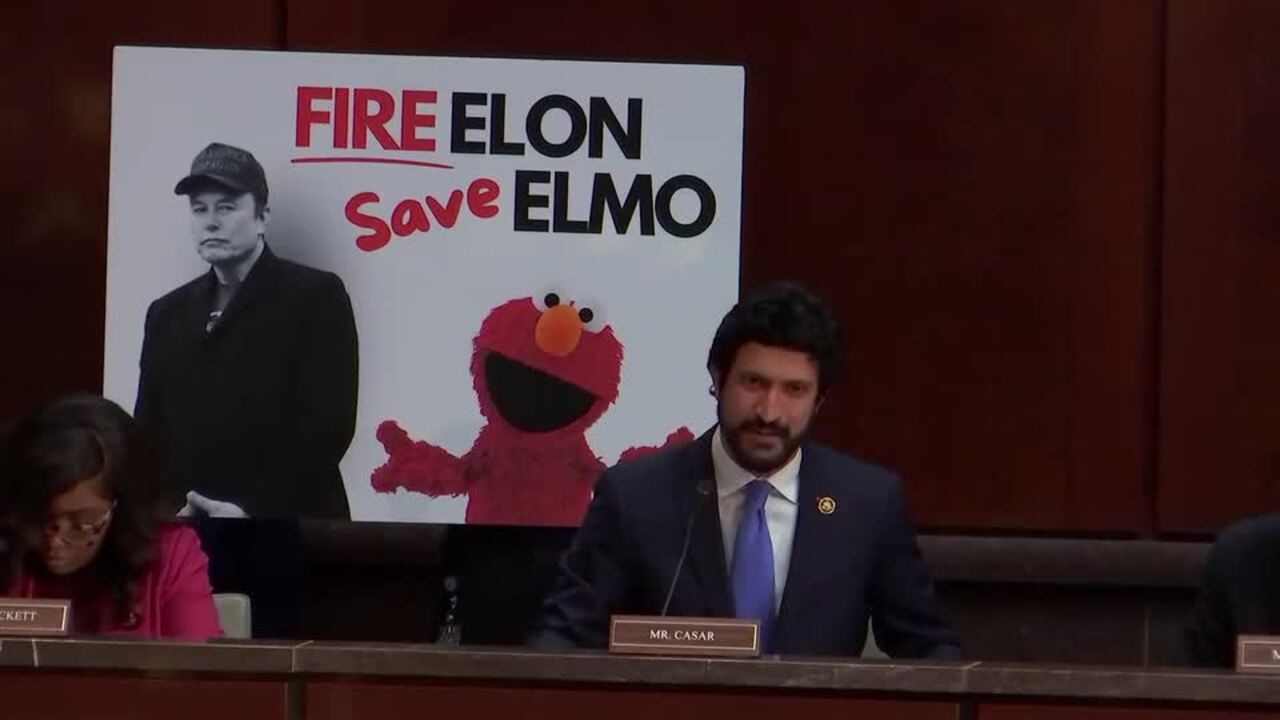
Technology
Don't miss out on the headlines from Technology. Followed categories will be added to My News.
As Elon Musk’s DOGE takes a chainsaw to government spending in the US, he is not just causing controversy – he is also displaying his knack for cutting complexity and keeping things simple. And whether you love it or hate it, it illustrates one of the ‘Eleven Lessons of Elon’ that explain his success, as DENNIS KNEALE demonstrates in his new book.
For a man with a net worth spanning twelve digits, Elon Musk lives a Spartan life. This is something that separates him from other Establishment billionaires and the gaudy riche.
The likes of Bill Gates (now worth almost $140 billion), Jeff Bezos (more than $200 billion) and Mark Zuckerberg (almost $200 billion) favour enormous properties and yachts, worth many hundreds of millions.
By contrast, Musk – while he started off following the same path of accumulation and ostentation – has reduced his home surroundings to one of the cheaper, more minimalist options you could find.
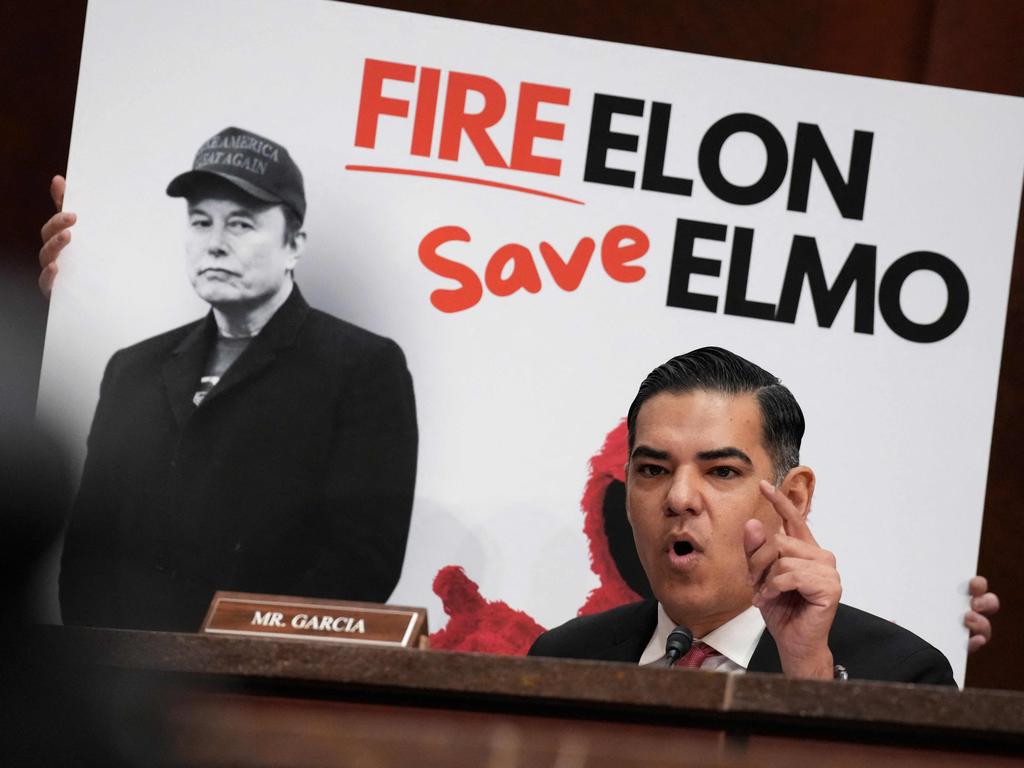
He resides in a prefab, modular home that he rents from SpaceX in Boca Chica, Texas. The Boxabl Casita, a foldable home just nineteen feet by nineteen feet, costs $60,000, less than most Tesla models. “It’s kinda awesome, though,” as Elon tweeted in June 2021.
Other times, he would rather crash on the couch at a friend’s place than hole up in a five-star hotel.
Musk didn’t earn his first billion dollars until age forty-one in 2012, largely via Tesla and SpaceX. In May 2020, he announced that he would sell “almost all physical possessions” and stop owning any home, once he had fled California and moved to Texas.
As he put it on Joe Rogan’s podcast in May 2020: “I think possessions really weigh you down, and they’re kind of an attack vector. [Critics] will say, ‘Hey, billionaire, you’ve got all this stuff.’ Well, now I don’t have stuff, now what are you going to do?”

The next year, he sold off seven homes he had accumulated around Los Angeles for more than $100 million. Elon eliminated these assets from his life, even though it made him sad to do this. He saw these trappings of wealth as an unnecessary distraction and obligation. Reduce, simplify, shed the unnecessary.
This minimalist, trimming-back regimen shows up in many aspects of how Musk builds his businesses, leads his workers, and manages his career. It shows up in the way he lives his life.
MARIE KONDO vs ELON MUSK
The rest of us really ought to cut back on our possessions and the unnecessary complexities in our lives. The Japanese simplicity sermoniser Marie Kondo built a multimillion-dollar business advising people on how to declutter and cut back. Yet Marie Kondo has nothing on Elon Musk.
His entire being seems anchored by a devotion to minimalism and doing more with less: producing more Teslas with fewer people, building cars and spaceships powered by as few moving parts as possible, streamlining factory processes to reduce steps and stations.
Musk is a big believer in first principles and breaking down any problem to its barest essence and core challenges. This demands an obsession with reducing and discarding distractions and unnecessary details. This lets him stop worrying about things that don’t matter by removing them from his field of vision.

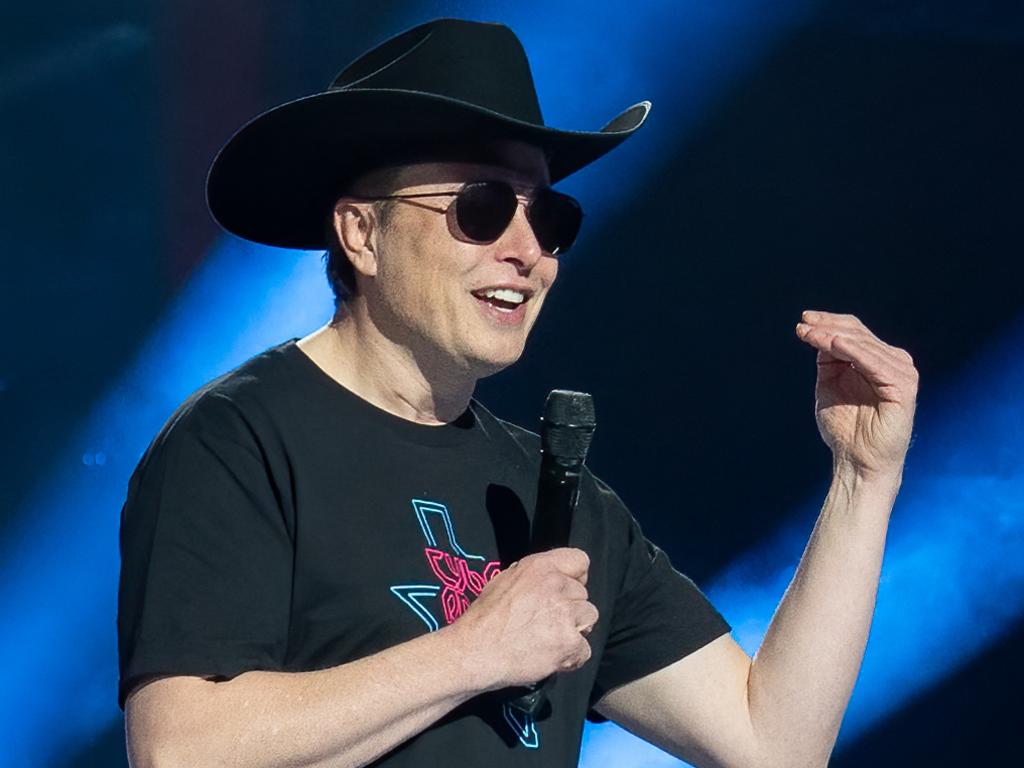
He explains an effort to develop an EV battery pack that will be far cheaper than the $700-per-kilowatt cost of current technology.
“So, first principles, we say, okay, what are the material constituents of the batteries? What is the market value of the material constituents? So, you can say, okay, it’s got cobalt, nickel, aluminium, carbon, and some polymers for separation, and a steel can. So, break that down on a material basis and say, okay, what if we bought that in the London Metal Exchange? What would each of those things cost?
“Like, oh, jeez, it’s like $80 per kilowatt hour. So, clearly, you just need to figure out clever ways to take those materials and combine them into the shape of a battery cell, and you can have batteries that are much, much cheaper than anyone realises.”
‘OBSESSIVE FOCUS ON REDUCING’
Musk’s obsessive focus on reducing parts grants a competitive edge to Tesla. The Tesla Model 3 holds some ten thousand unique parts, while the gasoline-powered autos made by Detroit contain more than thirty thousand pieces: three times as many chances for something to go wrong.
The focus on cutting back is unrelenting: in the total number of parts, in assembly-line steps and floor space, in overall costs.
At Tesla, engineers worked to reduce the footprint of the assembly operation so that more people and robots spent more time working on the car rather than standing idle or walking back and forth from workstation to line. “I call that space-time efficiency,” one engineer explained. “In the end, what does that mean? … We’ll reduce costs as much as 50 per cent.”

This point is a critical insight for all Earthlings, and it was inspired by Elon himself. An assemblage of Musk sound bites by Leaders.com includes this one: “I think frugality drives innovation, just like other constraints do. One of the only ways to get out of a tight box is to invent your way out.”
The constraints, which most of us view as the problem, actually are part of the solution. This is a useful construct for any business looking to expand while facing financial constraints, and for any team working on a new product but with limited resources. It can inspire any small business starting from nothing: the lack of ample funding will force better, sleeker solutions.
Abundance becomes an obstacle, an invitation to inefficiency. Less is not just “more”; less is better.
‘FLABBY AND SLACK’
Forty years ago, when the Commodore home computer held only sixty-four kilobytes of memory, software programmers had to write tight, sparse code that could cram huge functionality into very few algorithms. The Commodore operating system measured twenty thousand lines of code.
Today an Apple MacBook laptop computer starts at sixteen gigabytes of memory — 250,000 times as much memory as the C64. This lets the Apple OS gobble up more than a hundred million lines of code: 5,000 times as much programming to run the machine. This is flabby and slack, at best. If memory were scarce and expensive, programmers would write tighter.
Musk’s emphasis on minimalism applies to the workers of his companies. Tesla, even as it has grown prodigiously and profited hugely in recent years, has consistently cut back on workers at various points. It laid off 9 per cent of staff, or thirty-six hundred people, in 2018; 10 per cent of all white-collar employees in 2022 (ten thousand jobs cut); and another 10 per cent of its global staff in 2024, axing another fourteen thousand jobs.
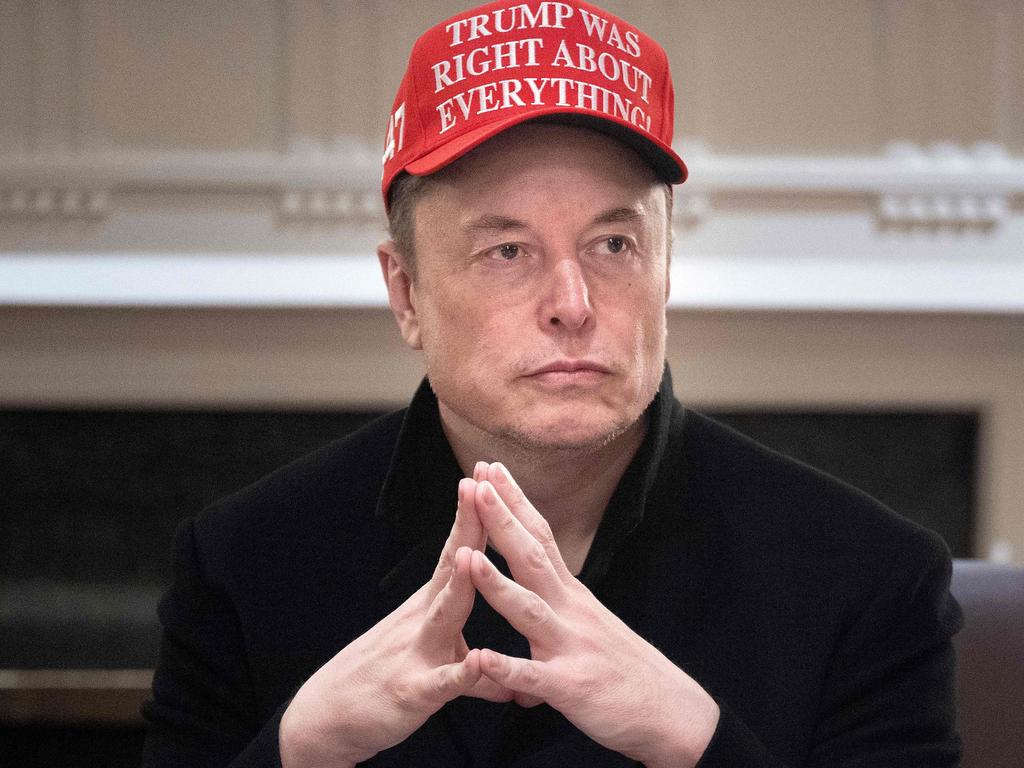
Elon keeps the executive suite to a minimum, as well. Tesla lists only three executives at the top of the company, while Ford Motor Company lists eight.
Under Elon’s leadership, Tesla imposed these cuts even as the number of cars it produces each year rose strongly. In 2017, Tesla’s 37,543 workers assembled 50,067 electric vehicles, and by 2023 its payroll was up to 140,473 to produce 670,000 units that year. This means Tesla increased staff by 275 per cent … so it could produce 1,200 per cent more output.
Or looked at another way, Tesla produced 1.33 cars per worker in 2017 – and almost 5 cars per worker (4.77) in 2023. That is a 260 per cent increase in output per worker in six years. Tesla has been able to reduce parts, processes, and costs enough to make two cars at the old cost of making just one. The giant automakers in Detroit have almost no chance of reducing to this degree.
The same spare approach is standard operating procedure at SpaceX, as well. And like Tesla, SpaceX trims the workforce even as its business grows like crazy.
Always shoot to do more with less.
ELON’S AXE AT TWITTER
Elon’s reduction ethos may be best illustrated by the massive payroll cuts he imposed immediately upon acquiring Twitter in October 2022. All told, Twitter had run up almost
$4 billion in net losses in eight of the previous ten years (from 2012 to 2021). This, despite logging more than $20 billion in sales in that period. It had two profitable years (2018 and 2019) but was back in the red the next three years in a row. In 2022, it was on track to lose another $1 billion as Musk stepped in.
Musk’s first move was to fire a phalanx of senior officers.
A week later, on Thursday, November 3, a company-wide email went out to Twitter staff, telling them that by nine o’clock the next morning, they would receive an email with the subject line “Your Role at Twitter.”
The next day, in a single, instant 50 per cent whack, half the people on the payroll got emails telling them, “Today is your last working day at the company.” Ultimately, 6,000 would get the gate, an 80 per cent cut, as well as 4,400 of the 5,500 contractors Old Twitter had employed, another 80 per cent cutback.
There it is, ladies and gentlemen: the 80/20 rule writ large.
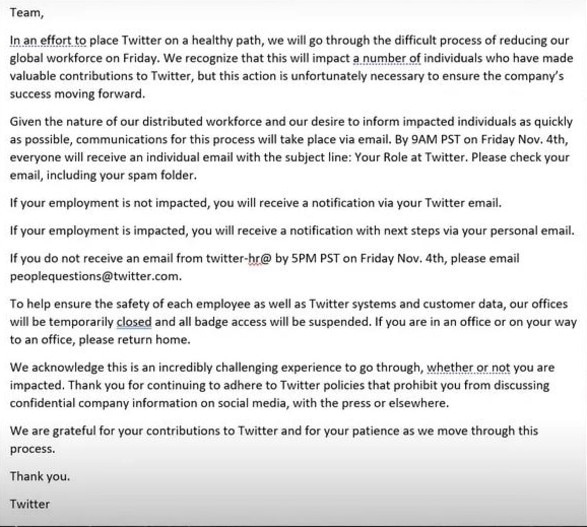
Anyone who has managed workers knows that 80 per cent of the work is done by the best 20 per cent of your staff. And those 20 per cent are the ones you keep tapping for still more work, because they get it done. Instead of creating complexity, obstacles, and problems.
No wonder Musk wanted to cut deep and fast, shedding 50 per cent of Twitter staff in one first swipe. When Musk hosted his first company meeting at Twitter, during the first week of the takeover, he took questions from shell-shocked staff. One worker asked him what the “big vision” was, and Musk said: “Well, I mean, I don’t know. I don’t have a great answer to that. But I can tell you, philosophically, what works at SpaceX and Tesla is people being in the office and being hardcore, and a small number of people can get a tremendous amount done in that situation.”
He added: “I’m a big believer that a small number of exceptional people can be highly motivated and do better than a large number of people who are pretty good and moderately motivated. That’s my philosophy.”
Reduce, reduce, reduce. In fact, Musk fired so many people at Twitter, so quickly, that he overdid it. He had to put out a call to engineers to come back to the company so he could rehire them.
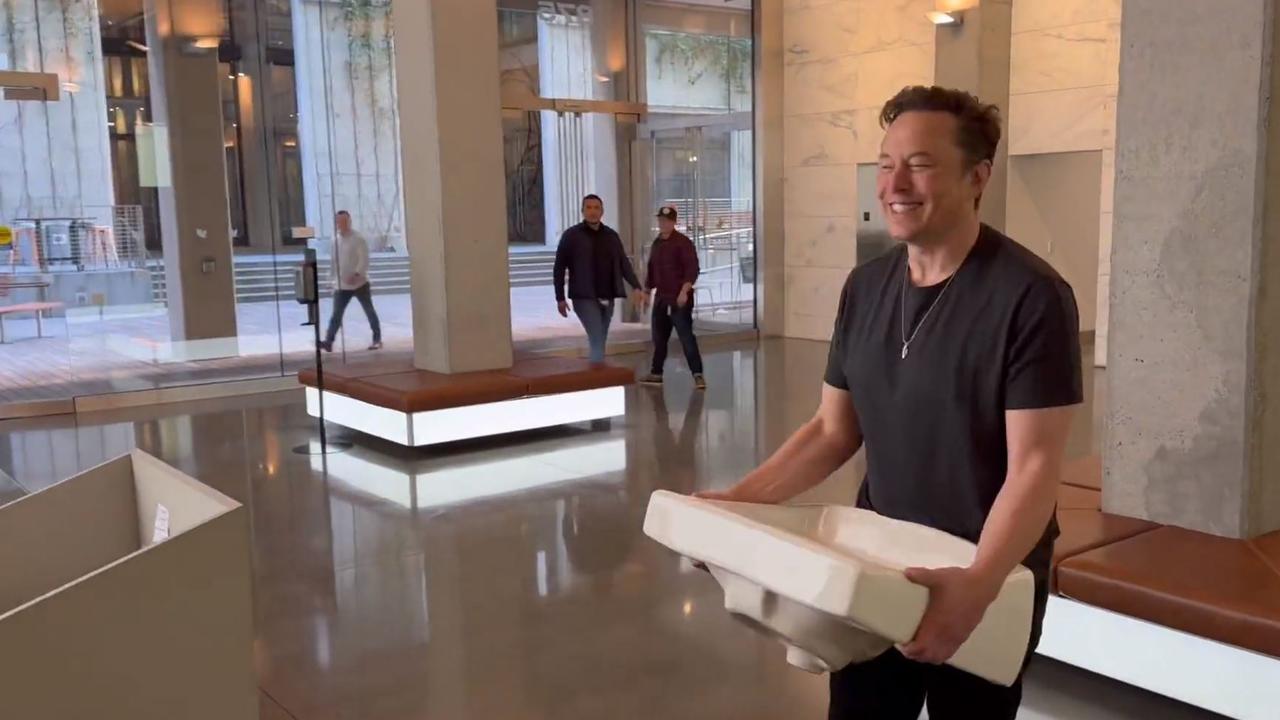

Which is akin to his telling Tesla engineers to take out so many parts that they have to add back in 10 per cent of what they had removed, because they had reduced a little too much.
Four weeks after the drastic cuts slashed Twitter’s staff to one fifth of its former size, the World Cup football soccer tournament began. The newly trimmed Twitter was able to host 147 billion impressions on the World Cup in a two-week period. What were all those excess workers doing all day long, before they got Elon’s axe? Clearly, they were unnecessary — and no business can afford to employ unnecessary staff for long.
The reductions, done swiftly and without remorse, riveted Silicon Valley: How could Musk axe 80 per cent of staff and keep the platform running unhindered? In the next year, Twitter’s monthly users would double to 550 million worldwide, served by only a fraction of the old staff.
GO. F***. YOURSELF.
This set a new standard for sleek operations in a company and underscored that the best businesses are constantly growing staff and cutting back, and growing and cutting back, reducing staff even in the most buoyant times. Trim your sails and reduce ballast and inefficiency, continuously.
This streamlining, always-reducing approach shows up in Elon’s style of interaction and communication. He dispenses with unnecessary and time-consuming pleasantries and long, throat-clearing preambles. Musk prefers to cut to the chase and just say the blunt
thing he wants to say, sparing little time for small talk and convention. As when he said on CNBC to any advertiser that would try to muzzle free speech on X: Go. F***. Yourself.
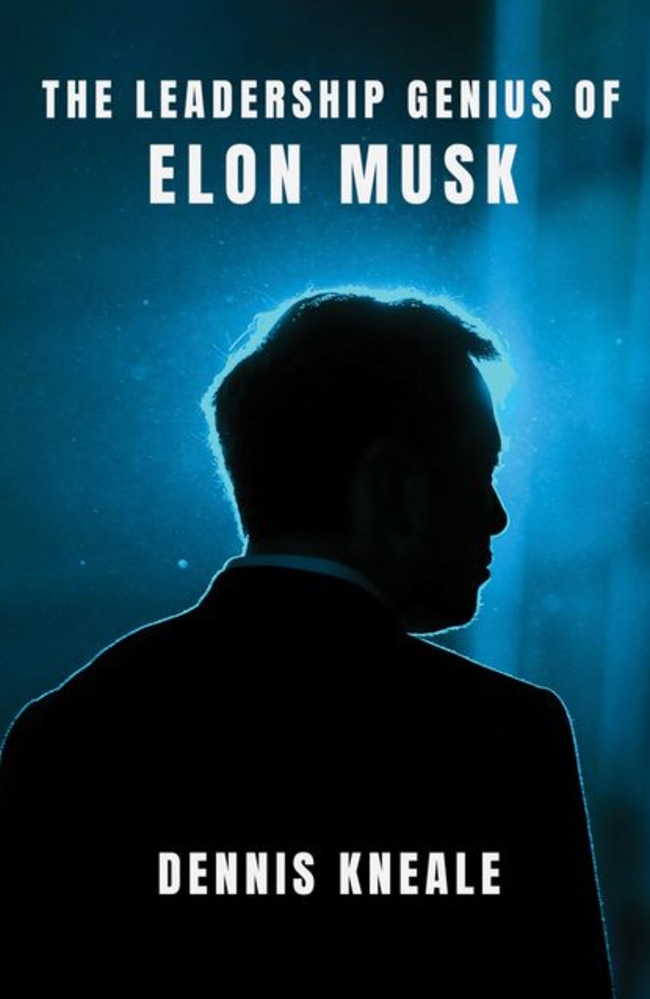
This is an edited extract from The Leadership Genius of Elon Musk by veteran business journalist Dennis Kneale: available now, published by HarperCollins.
Originally published as Why Elon Musk sleeps in a cubicle – and what his Twitter jobs massacre tells us about DOGE



